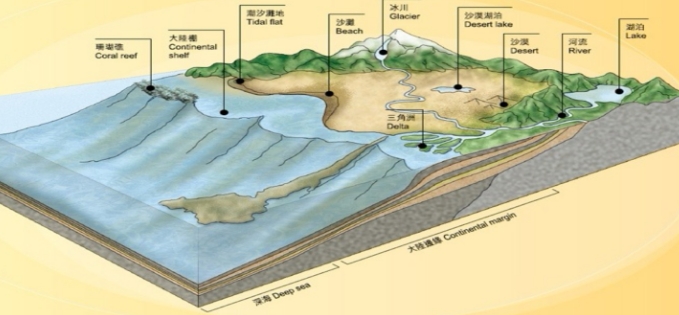Unraveling the Mysteries of Geomorphology: How Landscapes Take Shape
Geology and Geography
Geomorphology is the study of the Earth’s landforms and the processes that shape them. It is a fascinating field that combines elements of geology and geography to understand how landscapes evolve over time.
Forces of Nature
Landscapes are constantly shaped by a variety of forces, including erosion, weathering, tectonic activity, and volcanic eruptions. These forces work together to create the diverse range of landforms that we see on Earth today.
Erosion and Weathering
Erosion is the process by which rocks and soil are worn away by water, wind, ice, and other natural forces. Weathering, on the other hand, refers to the breaking down of rocks and minerals through chemical, biological, and physical processes. Together, erosion and weathering work to sculpt the Earth’s surface over millions of years.
Tectonic Activity and Volcanic Eruptions
Tectonic activity, such as earthquakes and mountain-building, plays a significant role in shaping the Earth’s landscapes. When tectonic plates collide or separate, they can create mountain ranges, valleys, and other landforms. Volcanic eruptions also play a key role in shaping the Earth’s surface, as they can deposit lava, ash, and other materials that build up over time to form new landforms.
The Role of Water
Water is a powerful force in shaping landscapes, as it can erode rocks, carve out valleys, and create canyons and river deltas. Rivers, streams, oceans, and glaciers all play a role in shaping the Earth’s surface through erosion and deposition.
Human Impact
In addition to natural forces, human activities also play a significant role in shaping landscapes. Deforestation, urban development, mining, and agriculture can all have a major impact on the Earth’s landforms, leading to changes in erosion patterns, soil composition, and water flow.
The Future of Geomorphology
As our understanding of geomorphology continues to evolve, so too will our ability to predict and mitigate the impact of natural disasters, such as landslides, floods, and earthquakes. By studying the processes that shape the Earth’s landscapes, we can gain valuable insights into the history of our planet and the forces that continue to shape it today.

